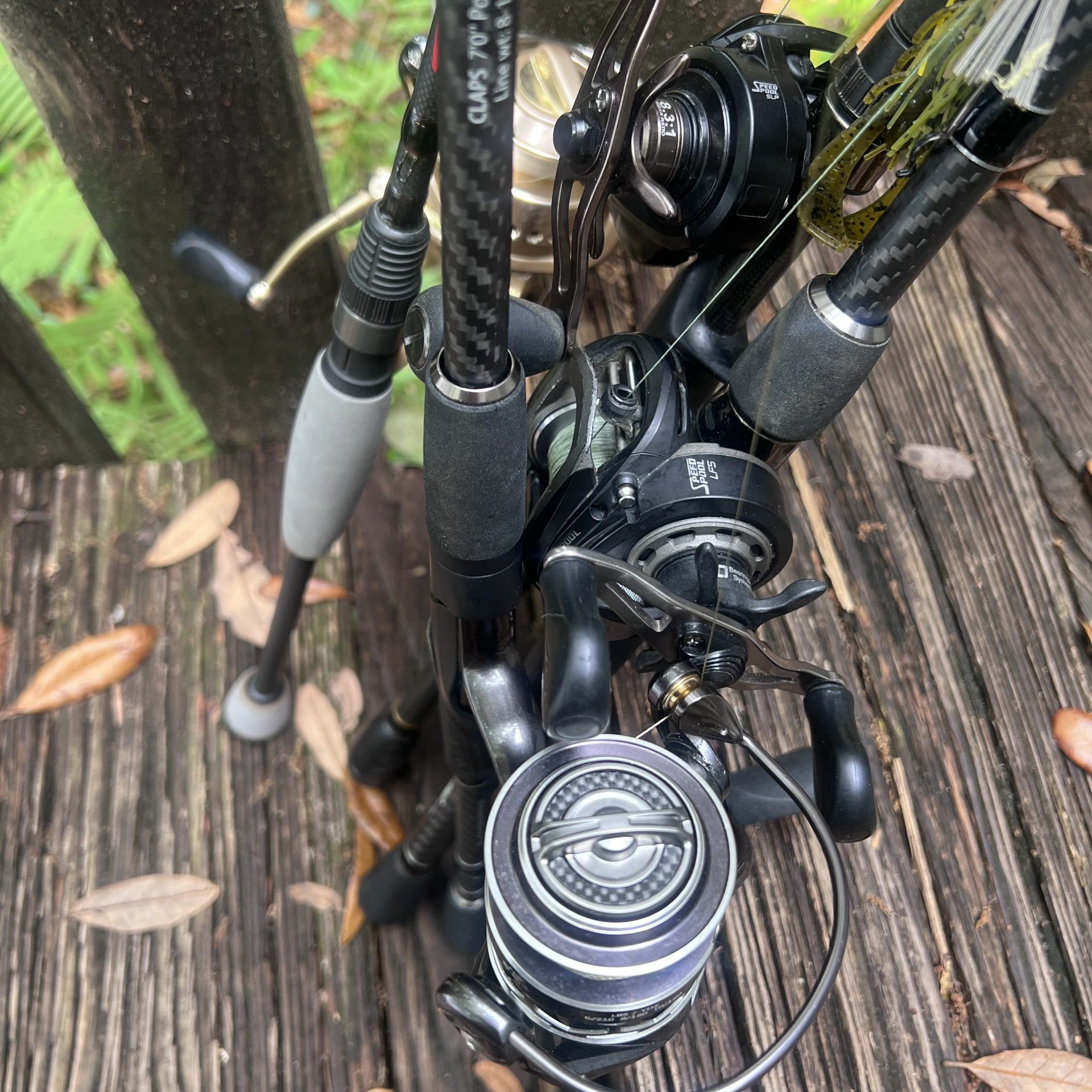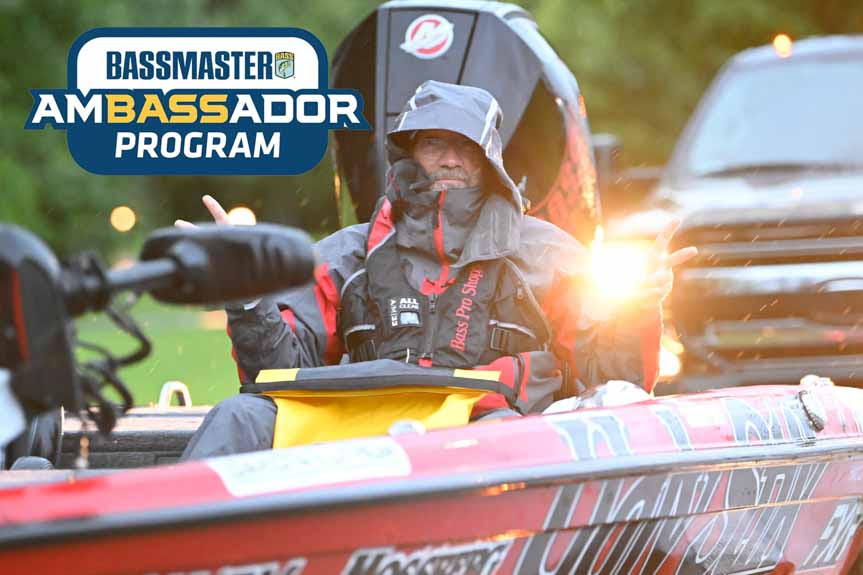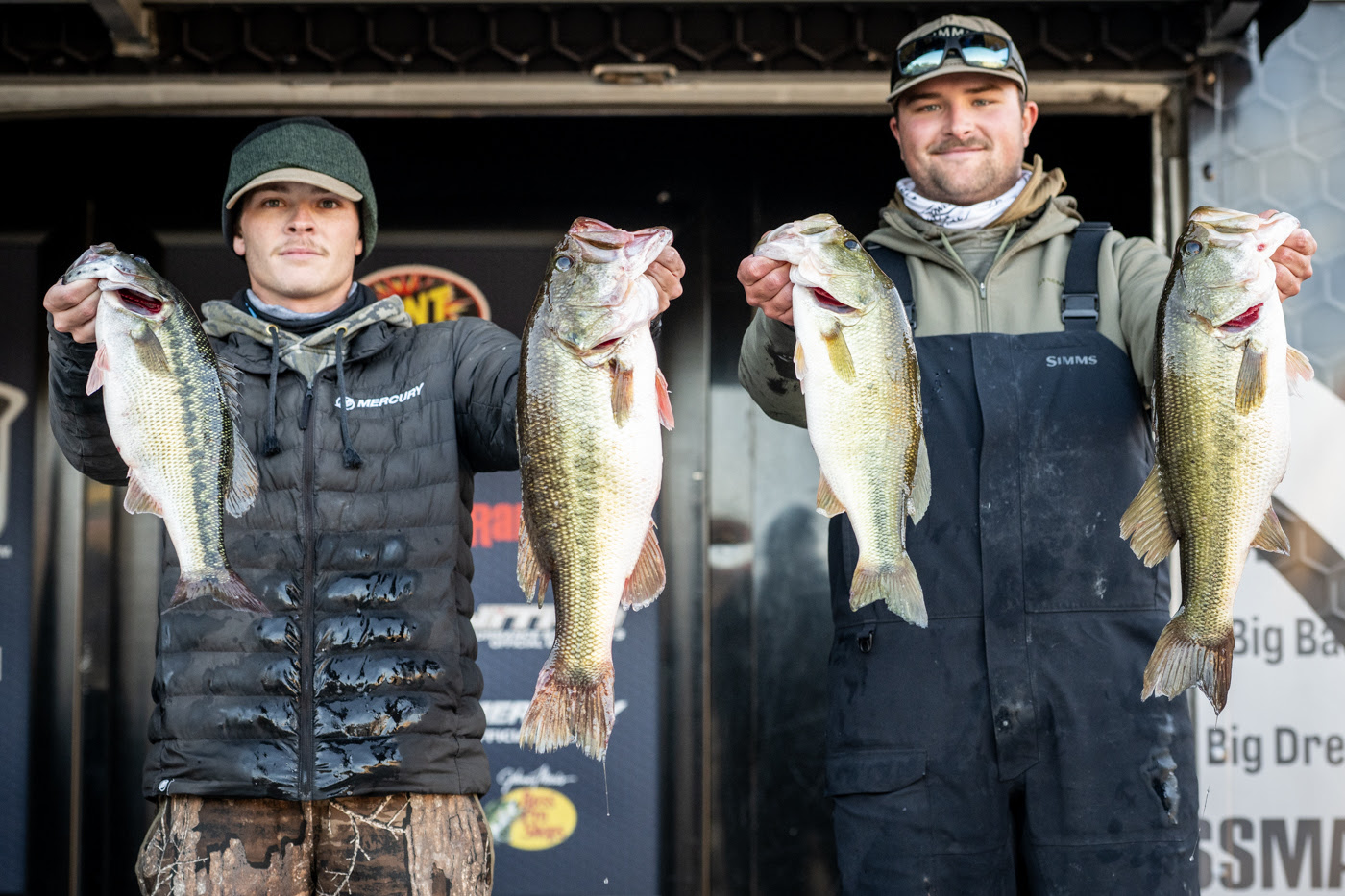Fish Tip Friday – Speed kills. Or lack thereof.
By Vance McCullough, AC Insider
The two most important factors in getting bass to bite are lure depth and lure speed. How deep are the fish and are they looking up or down (so I can put the bait in front of them) and what’s it gonna to take to trigger a reaction?
Sometimes, fish are happily feeding and you can just dangle a worm as long as you like and let one find it. Sometimes they’re pinned to a bed and you have to let the intrusive lure marinate in the frying pan until a bass boils over with aggression. Sometimes you have to bulge a wake over their heads to provoke a crushing strike. Or, blaze a lure past their stump, maybe even bump it.
These different situations call for equally different lure speeds. But there’s a problem.
Your reel’s advertised rate of retrieval is a function of not only gear ratio but also spool size. Not the bare spool size, but the practical diameter of that spool loaded with line versus when it is nearly empty, as it may be at the end of a long cast. When the line plays out, the spool gets scrawny until it packs some line back on. As the retrieve continues, the speed of the lure increases, provided you crank at a steady rate meaning that, by the same token, your lure is crawling at a relative snail’s pace as you begin your retrieve. Not good for triggering reaction bites from fish in a neutral feeding mode.
Of course, the easy solution is to use a reel with a high gear ratio, right? Not so fast (pardon the pun). It’s actually the raw spool size that is critical for consistent speed across a retrieve. If you want to burn a swim jig past a target at the far end of your cast, then you need a larger spool such as comes with the Lew’s BB1.
But here’s another strategy, a formula for success with any reel: Line size x gear ratio = retrieve speed.
The thicker your line, the faster you’ll build up that spool once you start cranking the reel handle. This can help you float a bladed jig, spinnerbait, buzzbait etc. high in the water the whole time instead of wasting several yards (perhaps the most critical stretch of your presentation) just to get up to speed at the proper depth.
It bears noting that you should completely fill that spool with line in the first place to maximize rate of retrieve throughout the presentation.
Conversely, if you want to slow your roll, thinner lines will pile back onto the reel at a greatly reduced rate. This will get that bait down deeper sooner and help you more thoroughly scour the primary strike zone. I use this tactic to limit my speed when fish are lethargic or any time I need to keep my lure down such as in clear water environments.
Play with that balance of gear ratio, raw spool size, and line diameter and material for maximum control over lure depth and speed.
A final note on spool size: bigger spools cause less line memory, thereby reducing twist and improving casting accuracy. This is felt most deeply when using spinning reels which get a bad rap for causing line twist. Size up to a 3000 series, maybe even a 4000 size, and remember to always close the bail with your hand to avoid the one-quarter twist that will be imparted to line if you just start cranking the handle after the cast. After just a dozen casts, that’s 3 full twists!

















